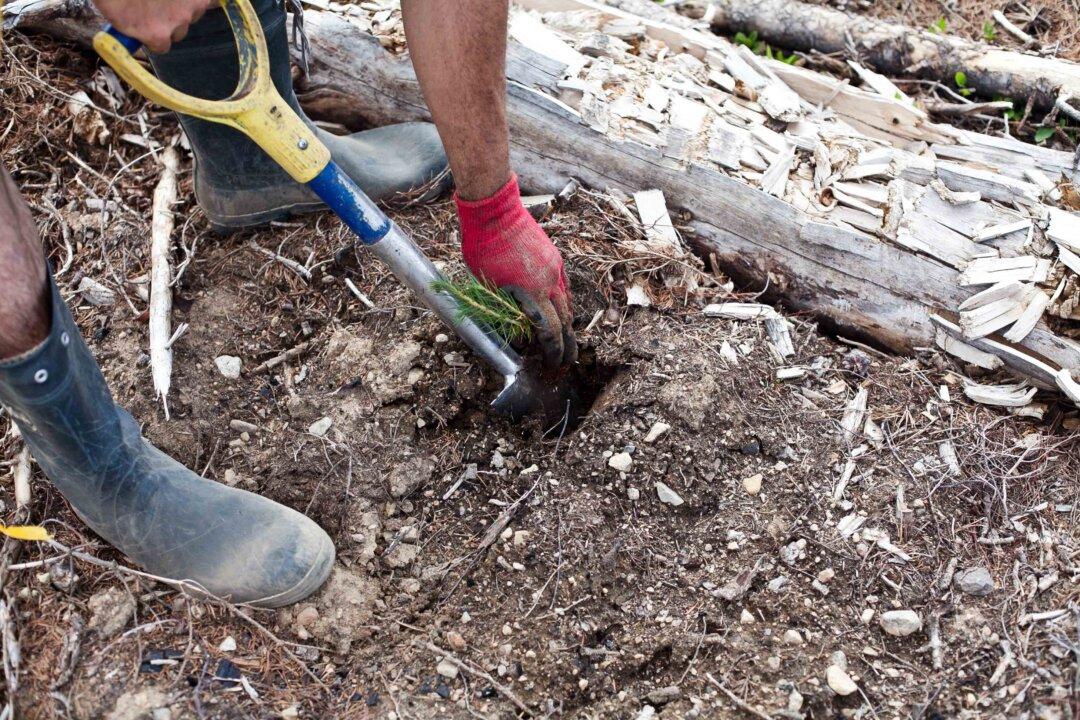Ottawa’s plan to tackle emissions by planting two billion trees will take decades to produce benefits, a government official says.
“We had initial projections and we continue to calibrate those,” Glenn Hargrove, assistant deputy minister for Natural Resources Canada, told the Senate national finance committee on May 21.





